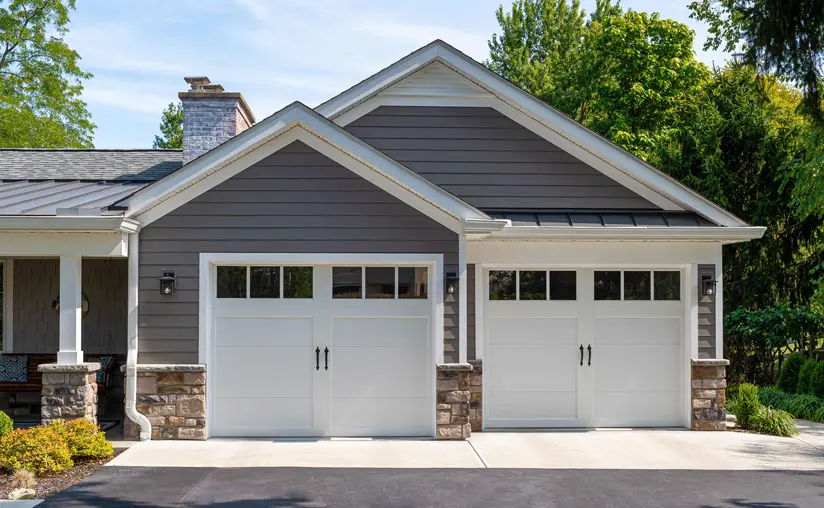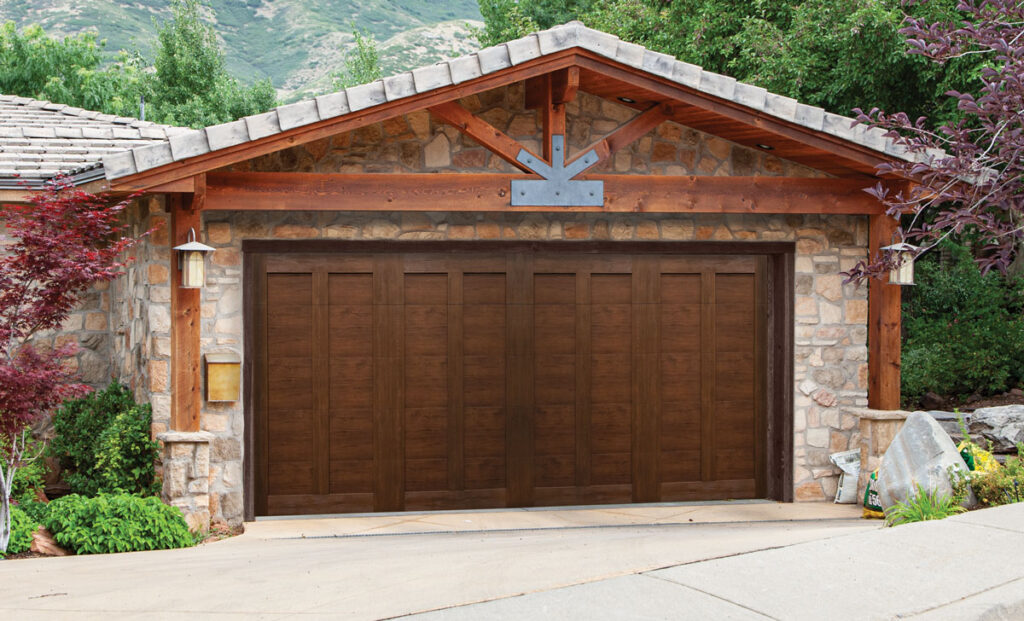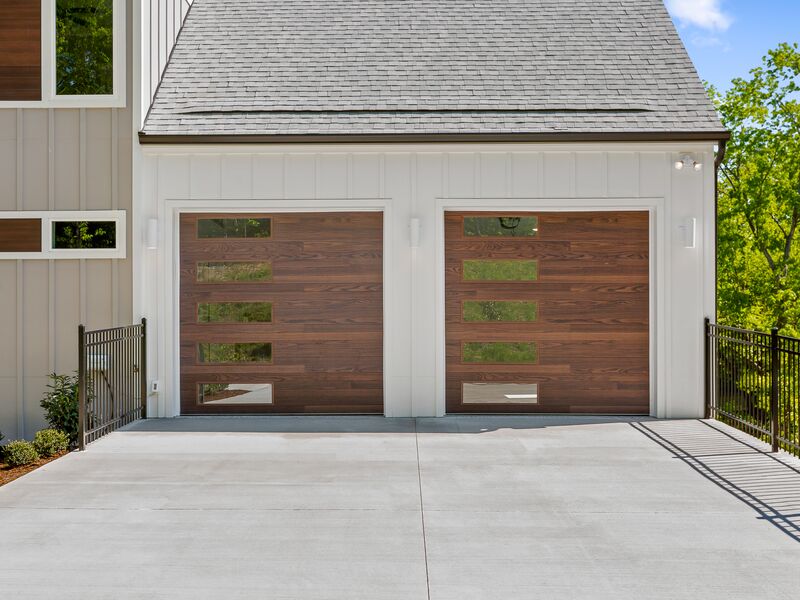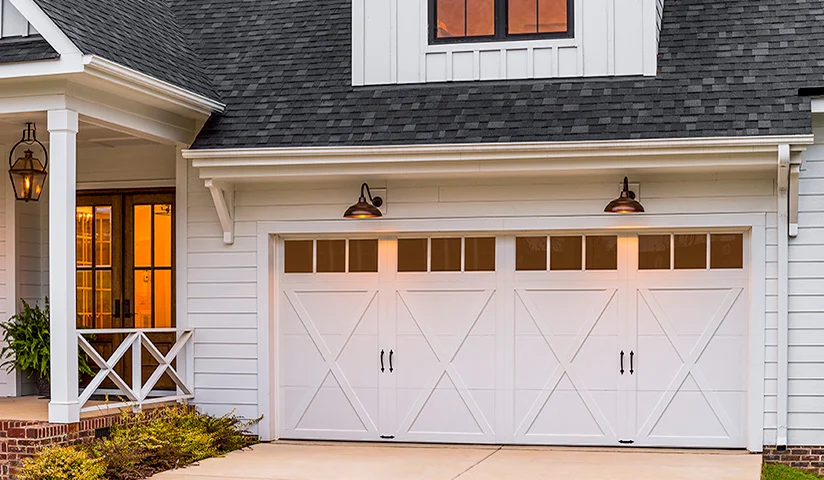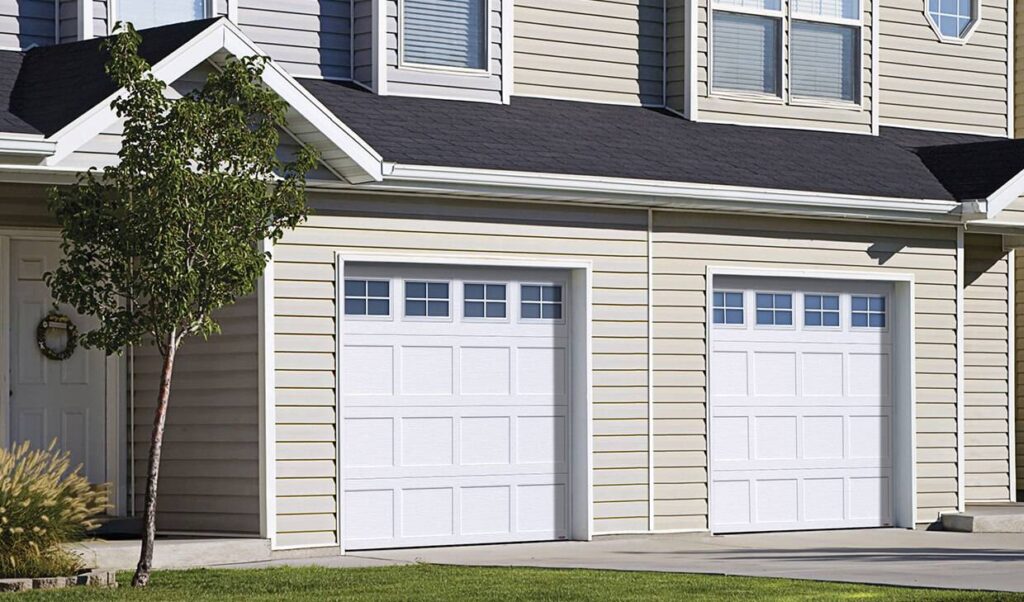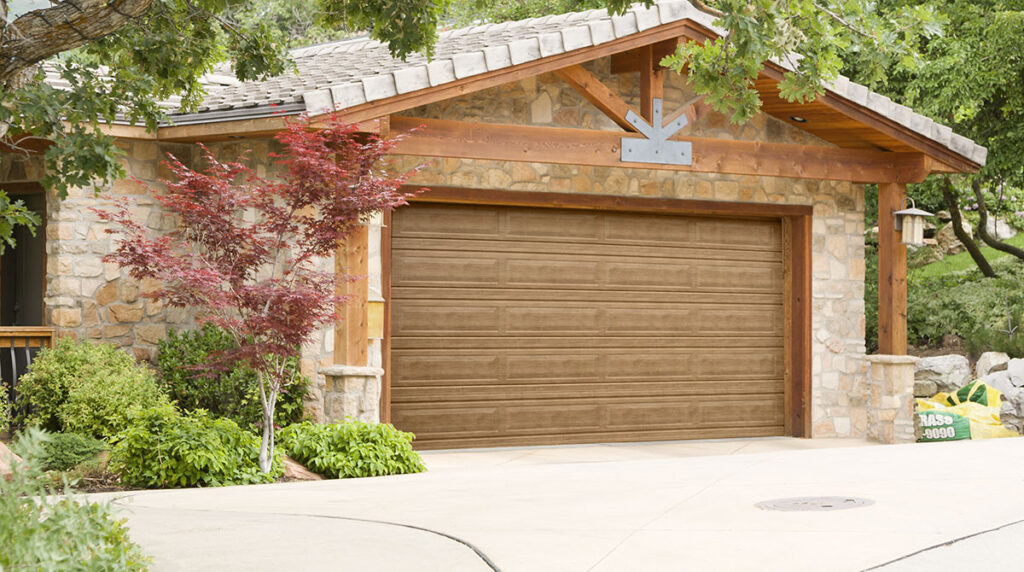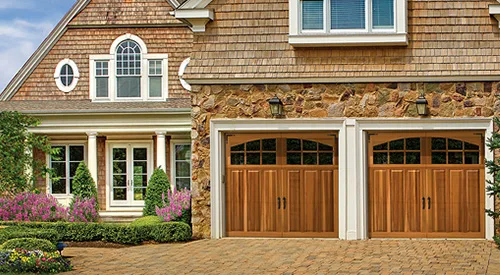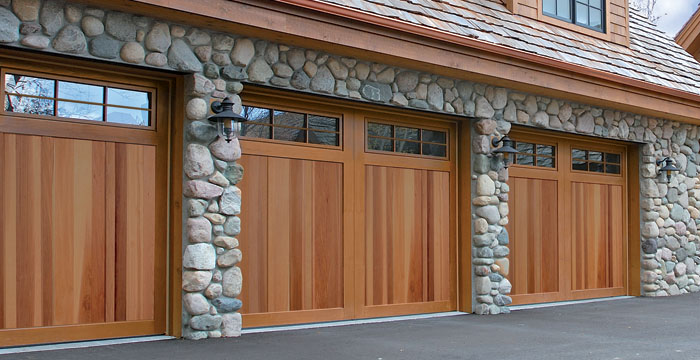Garage Door Repair Cypress TX serve as a convenient alternative to traditional remote controls, allowing homeowners to enter a personalized code to open and close their garage door.
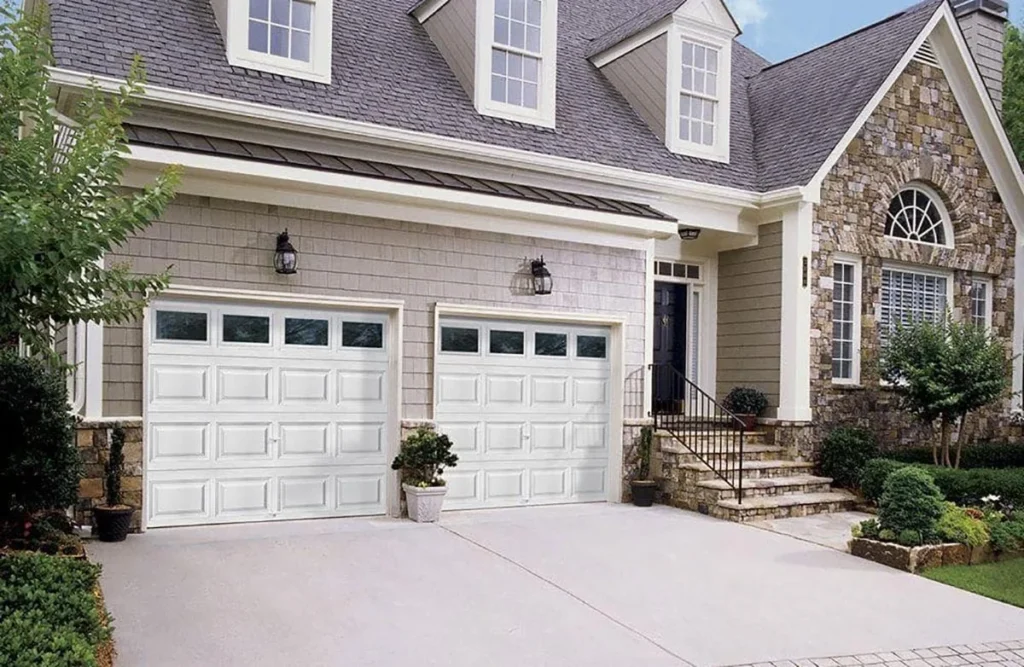
However, situations may arise where you need to reset the keypad without knowing the existing code, such as forgetting the code or inheriting a property with an unknown code.
Reasons for Needing to Reset a Garage Door Keypad Without a Code
Forgotten Code
One of the most common reasons for needing to reset a garage door keypad without a code is simply forgetting the existing code.
Keypad Malfunction
If the keypad is malfunctioning or not responding to input, resetting it may help resolve the issue and restore functionality.
Changing Ownership
When acquiring a property with an existing garage door keypad, you may need to reset the keypad to establish your own personalized access code.
Precautions Before Resetting
Safety Measures
Before attempting to reset the garage door keypad, ensure that the area is clear of any obstructions, and take necessary safety precautions to avoid accidents.
Understanding Keypad Model
Familiarize yourself with the specific model of your garage door keypad as different models may have slightly different reset procedures.
Methods to Reset a Garage Door Keypad Without a Code
1. Manufacturer Default Code
Some garage door keypads come with a manufacturer default code that can be used to reset the keypad. Consult your keypad’s manual or the manufacturer’s website for instructions on using the default code.
2. Keypad Programming Instructions
Many garage door keypads have a programming mode that allows you to reset the keypad and enter a new code. Refer to your keypad’s manual for specific instructions on entering programming mode and resetting the code.
3. Master Reset
If all else fails, you can perform a master reset on the garage door opener itself, which will reset all programmed codes and settings, including the keypad code. Consult your opener’s manual or contact the manufacturer for instructions on performing a master reset.
Testing the Reset
Once you have completed the reset process, test the garage door keypad to ensure that it is functioning correctly. Enter the new code and verify that the keypad successfully opens and closes the garage door.
Troubleshooting Tips
Contacting Customer Support
If you encounter any issues during the reset process or if the keypad continues to malfunction, contact the manufacturer’s customer support for assistance.
Checking Keypad Wiring
Inspect the wiring connections between the keypad and the garage door opener to ensure they are secure and properly connected. Loose or damaged wiring can cause keypad malfunctions.
Conclusion:
Resetting a Garage Door Repair Cypress TX is a straightforward process that can be done using various methods, including using a manufacturer default code, entering programming mode, or performing a master reset. By following the steps outlined in this guide, you can regain access to your garage quickly and efficiently.
Garage Door Wizard
17302 House & Hahl Rd Suit 208, Cypress, TX 77433, United States
1-832-373-7681

